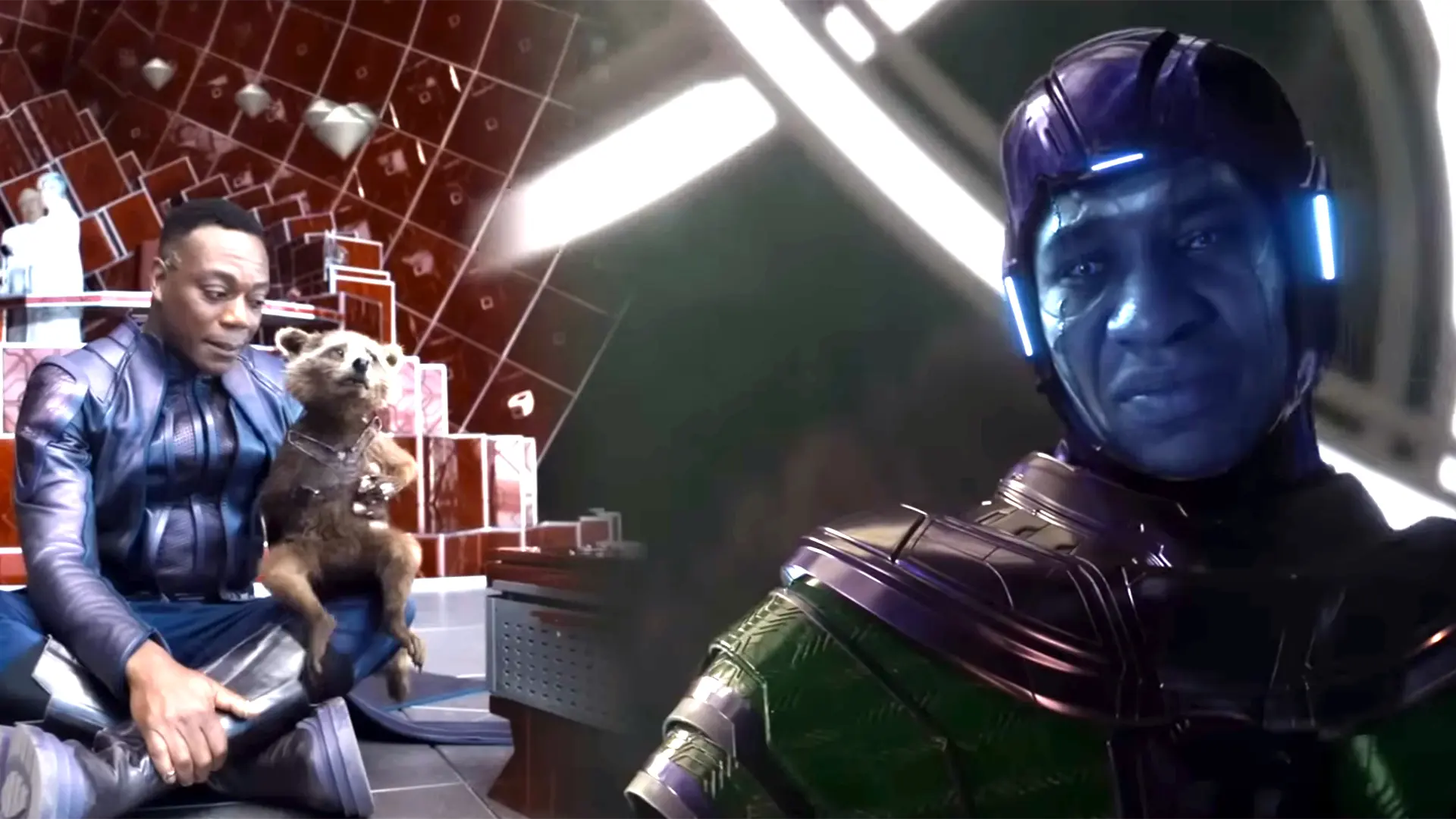The MCU had two of the most highly anticipated movies in 2023: Guardians of the Galaxy Vol. 3 and Ant-Man and the Wasp: Quantumania. Both Guardians of the Galaxy Vol. 3 and Ant-Man and the Wasp: Quantumania have a lot of similarities, but we’re going to explain one similar scene in each film that shows why one of them had a scene that was beautiful, while the other one had a scene that made you think, “What the hell was that?”
Similarities Between the Two Films
Both films focus on an Avenger, or a group of heroes, who are trying to readjust their lives after the events of Avengers: Endgame. Peter Quill and the Guardians are trying to move forward after losing their Gamora in Infinity War, while in Quantumania, we see that Scott Lang is basking in the success that he’s gotten after he rallied the Avengers to use time travel to bring back the dusted heroes and defeat Thanos in Endgame.
Both Star-Lord and Scott have become emotionally distant from the people they love. Star-Lord’s on a drinking binge, and Scott has not been as close with his daughter Cassie. The main hero and their allies are sucked into a conflict with a tyrannical villain that rules over an entire civilization. This villain has a past connection with one of the heroes, where this hero saw how truly evil the villain was before they escaped with their lives. There’s also a jaded warrior woman who’s initially at odds with the main heroes over their mission before they inspire her to become more optimistic, and she aids the heroes in the final battle. There’s also a funny supporting character who plays a big part in the fight, and one of the characters who initially worked for the villain attacks the heroes early on but later turns to the side of good after getting a heart-to-heart from the heroes.
Each film’s final battle involves a major beatdown between the main heroes and the villain, involving a giant fortress that belongs to the villain, an army of anonymous CGI goons, and huge monsters that are aiding the heroes. Both films also had trailers that teased the death of a major character, but no one actually died. The heroes of each film who did not die managed to survive their ordeal, and they escaped the villain’s world with the villain defeated and their rule now broken.
So, those are the similarities. Now let’s discuss about the scenes in each film that are very similar but show why one movie is a timeless classic and the other one is a story that older franchises will tell their kids about as a cautionary tale. And those scenes are the first scenes in each movie.
The Importance of the Opening Scenes
The first scene is vital to a film’s story. The opening establishes the characters, the stakes, the tone, and in both of these movies, this opening scene shows us what the characters are fighting for. Most importantly, these are the scenes in these movies that establish the villain. In any kind of storytelling, it’s always better to show the audience rather than to tell them, so what they’re experiencing will feel more natural. That way, you don’t feel like you’re being spoon-fed all this information or, worse, being told everything that happened off-screen instead of actually seeing it happen.
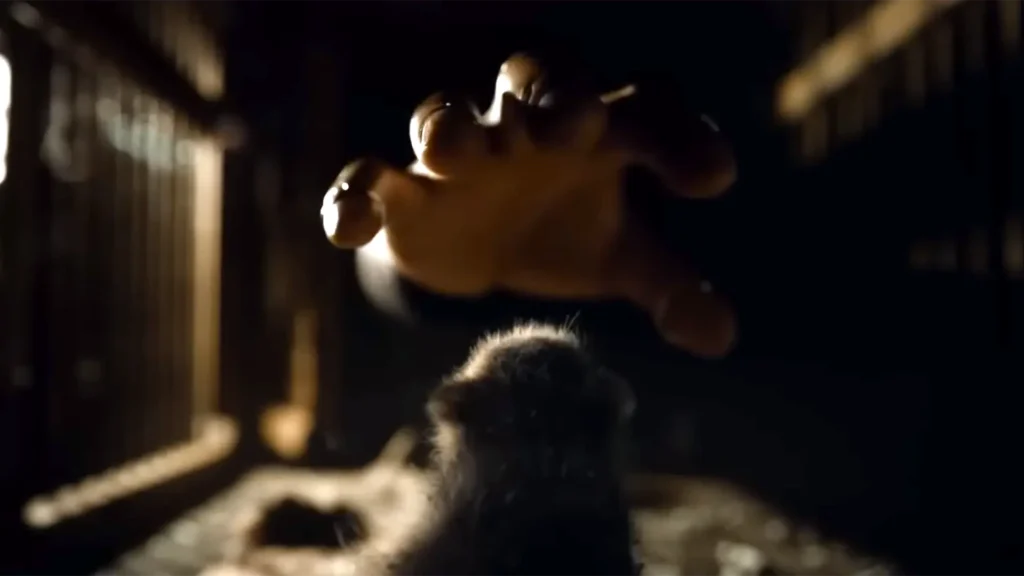
Guardians of the Galaxy Vol. 3, right out of the gate, does a great job of showing rather than telling. The movie starts with baby Rocket as a regular raccoon, playing with his siblings in a cage, before he notices the High Evolutionary walking slowly towards them. There are so many elements at play here that make this introduction work: the music that plays as the High Evolutionary approaches the cage. Now, we don’t get a clear look at him, which makes him seem more ominous. Then there’s the fear on little Rocket’s face as it transitions to him in the present, and this all sells the terror of who the High Evolutionary is before we’ve actually met him.
At the same time, the High Evolutionary sends Adam Warlock and Ayesha to capture Rocket because he wants to harvest Rocket’s brain for further research on his experiments. Writer-director James Gunn cleverly informs us that he’s going to show instead of telling us about Rocket’s past by using this exchange between Mantis and Star-Lord:
"What do we know about where Rocket came from?" "He won't talk about it."
The film’s beginning shows us that the High Evolutionary is a monstrous individual, but this sets the tone for the seven flashbacks that we see throughout the film when he first created Rocket. In each flashback, we see his personality escalate, going from being kind and welcoming, filling Rocket with hope for the new world to completely domineering and cruel, with the trauma that he inflicts on poor baby Rocket because of how jealous the High Evolutionary is of Rocket’s superior intelligence.
Now, because of how we see and experience all of this happening, this makes the High Evolutionary one of the MCU’s most unforgettable and most evil villains.
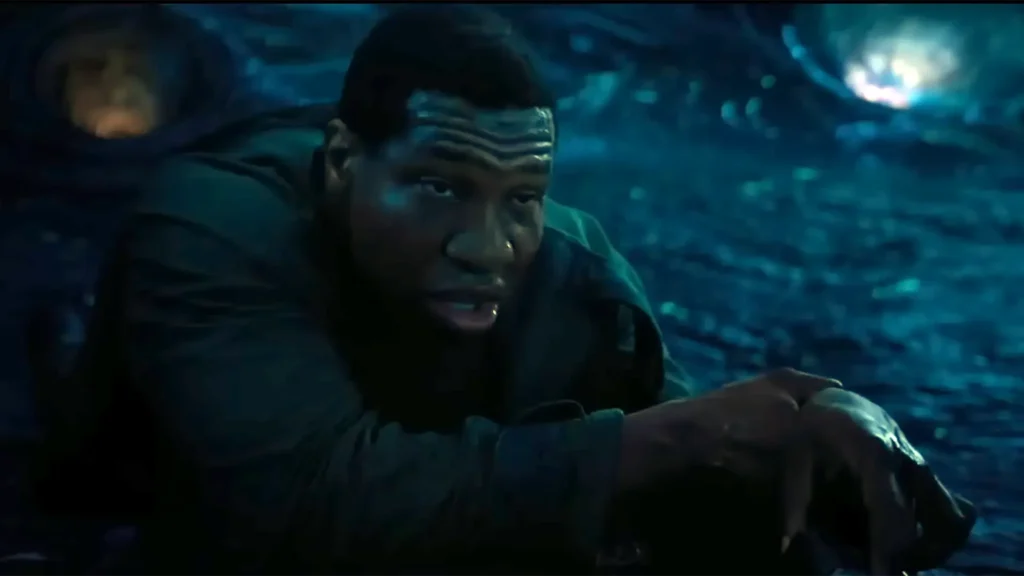
But now compare that to how Kang the Conqueror is presented in Quantumania. In that film’s opening flashback, we see Kang save Janet from a creature in the Quantum Realm, but unlike with the High Evolutionary, we don’t get a sense of the kind of threat that he poses to the heroes.
We saw in Loki how Kang and his variants started a multiversal war. Shouldn’t we already be scared of him? But it’s only fair that people who haven’t seen Loki also get to experience Kang for the first time in this film. But unfortunately, the film expects you to have already seen the first season of Loki, so the general audience that hasn’t seen Loki doesn’t get the impression that this helpful man is actually a villain.
The High Evolutionary vs. Kang the Conqueror
Let’s compare the two villains, the High Evolutionary and Kang the Conqueror, and see why one is much more memorable than the other.
Guardians of the Galaxy Vol. 3 starts with the High Evolutionary’s slow and terrifying introduction. We see him in the present day 18 minutes into the movie, but in Quantumania, we don’t get to see Kang in the present for 59 minutes. Now, on one hand, not showing a villain immediately can help build anticipation, like how in the first season of Daredevil, no one was even allowed to say the word “Kingpin” or “Fisk” for several episodes until we finally saw him on screen. At first, Quantumania seemed to be doing something similar before we’re introduced to Kang in the present, but the movie spends way too much time telling us about Kang in the meantime instead of showing us.
It’s made even more frustrating because by the time that we do meet Kang in the present, he comes off as a lackluster villain. We only hear him talk about how he’s killed Avengers before instead of letting us see it.
You’re an Avenger. Have I killed you before?
– Kang
Let’s compare this to another Marvel movie, Multiverse of Madness, which began with a Doctor Strange variant trying to kill America Chavez, which established the stakes for climax—that our Stephen might sacrifice this teenage girl for the greater good. Now granted, we do see a flashback with Kang when Janet saw a vision of him destroying multiple timelines, and sure it looks pretty cool, but it’s really just flashes of people screaming, followed by CGI lines blinking out on a timeline. Viewers understand that this guy killed universes, but they don’t feel the deaths in those universes.
But compare the deaths of trillions in these flashes to the three deaths that we see in the Guardians flashback. The flashback scenes between Rocket and the High Evolutionary work so well because we have followed Rocket for so long. So, seeing him go through these horrible events in these scenes, like when he’s yelled at or when Lyla and the other animals are killed, these are emotional gut punches. The High Evolutionary isn’t just a supervillain; he’s a despicable torturer of animals.
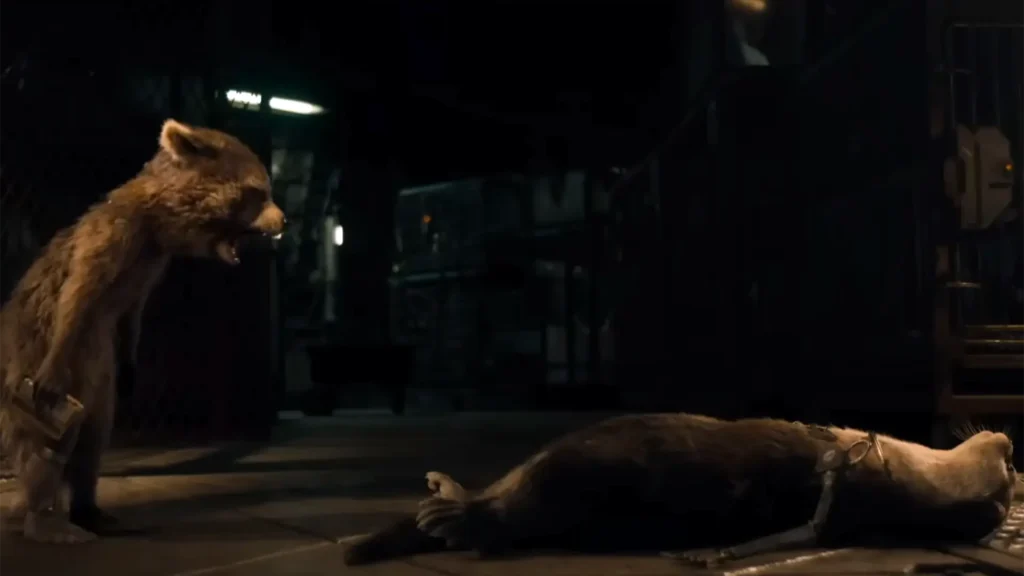
Imagine if we actually got to see Kang destroy the homes and people in the Quantum Realm instead of hearing about it offhand. This would have also helped make characters like Jentorra, Quaz, and the other Quantum Realm people feel more grounded and more three-dimensional. Or what if we actually saw him kill different Avengers? What if Scott and Cassie were held captive in a trophy room where we’d see how Kang has been collecting memorabilia from Avengers that he’s killed, like an Iron Man helmet, or a broken Captain America shield, or even Thor’s hammer, Mjolnir? Because of our emotional connection to Iron Man, Cap, and Thor, this would have added so much more tension and stakes to Quantumania and made Kang more of a villain to be feared and taken seriously.
While we do see that Kang is powerful and capable of being feared, we mostly get empty threats from him, and this makes him feel less effective as an antagonist.
Do you know how many rebellions I have put down? How many Avengers I’ve killed?
– Kang
Kang always say that. Kang is all talk. And as a result, Kang doesn’t feel all that threatening in general. In fact, the only thing he does in the movie that feels threatening in any way is when he holds Cassie hostage.
The High Evolutionary, on the other hand, doesn’t have to make threats to be an effective and intimidating villain. We see the things he’s done to Rocket. He doesn’t have to make a bad guy list without him needing to rattle them off in front of the heroes. Because of this, he commands every scene that he appears in, effortlessly upping the stakes and tension tremendously whenever he is on screen.
The Villains’ Motives and Their Impact
Another big difference between both villains is their motives for what they’re doing, which are key to their characters and what they represent. Kang’s goal is much more theoretical and harder to grasp for the audience. He says that the multiverse is dying because of his variants causing incursions and how he is the only one who can stop them by destroying other universes. But as we’ve seen throughout the Multiverse Saga, the concept of how the multiverse works is far from easy to explain. It requires the audience to have seen Loki and other movies like No Way Home and Multiverse of Madness to understand how it works.
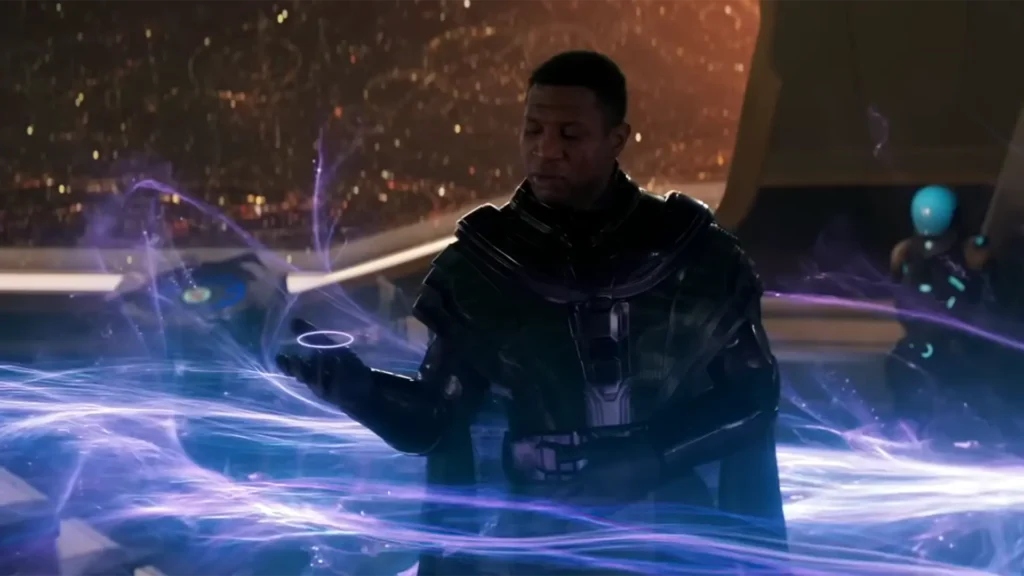
Compare this to the High Evolutionary. The High Evolutionary’s motive is clear and understandable without having to watch anything else. He wants to build a perfect society to rule over and sees anyone with some kind of flaw as undeserving of life. He proves this point when he decides to destroy Counter-Earth because its beings don’t fit in with his ideas of perfection.
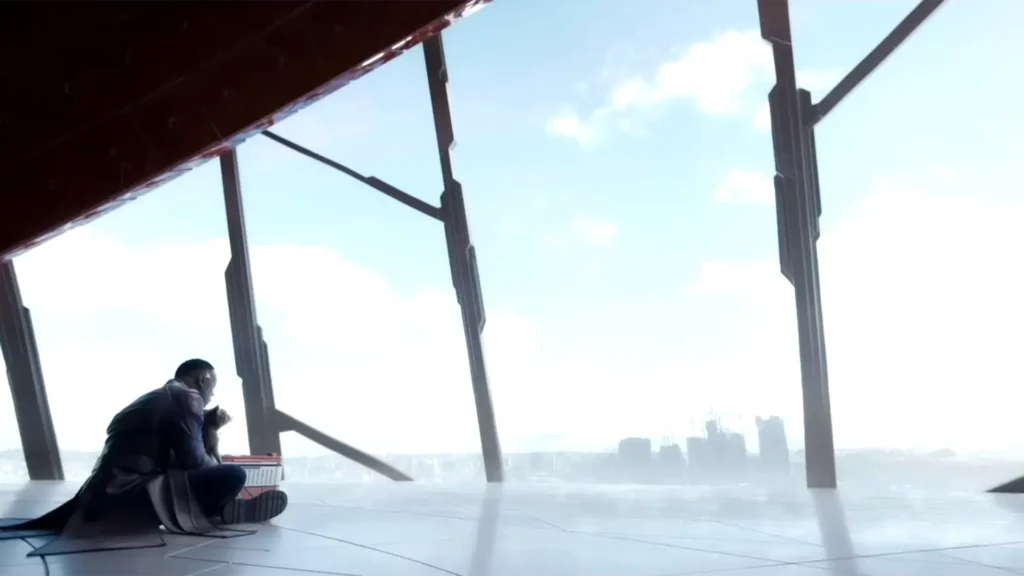
This makes the High Evolutionary the perfect antagonist for Rocket and the Guardians because, at their core, the Guardians are a found family of misfits who embrace their imperfections and feel truly at home among each other. They fight back against anyone that tries to control them or change them in any way.
You didn’t want to make things perfect. You just hated things the way they are.
– Rocket Raccoon
And his defeat by the Guardians at the end of the film feels satisfying for such a despicable character, whereas Kang’s defeat by Ant-Man, of all people, at the end of Quantumania feels half-baked and kind of pathetic for the guy that was built up to be the big bad of the current Multiverse Saga.
The Right and Wrong Way to Build a Franchise
These two films not only show us the right and wrong way to make a movie but the right and wrong way to build a franchise. Marvel used to always put characters ahead of plot, and what we started to see in Phases 4 and 5. Marvel started to put the overarching story and cameos and teases ahead of the stories of the characters in the movie that we’re actually watching. Hopefully, now that they’ve course-corrected, we’ll see more films like Guardians of the Galaxy Vol. 3.

